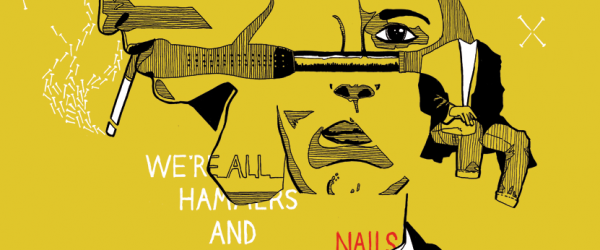
In The Negative Space With Phil Cooper
Artists, InterviewsPhil Cooper is an illustrator, artist, DJ and self-proclaimed raconteur fro Norwich, UK. He says his work is inspired by nature, childhood, Public Information films and pamphlets and the occult. Zouch recently threw a few questions at the well-exhibited artists to see what would come back.
Describe your philosophy on art and illustration:
Primarily I view and appreciate Art as a visual form of expression. Work that I want to look at has much more resonance with me personally than a well thought out piece of conceptual artwork. I draw to try and return to the child-like state of mind where you would just draw the things you thought were the coolest. You didn’t think about the end result as such, or how the work would be exhibited or any of that, you just drew what came into your head as best you could. I haven’t really moved on much from that, I have no major axes to grind and enjoy just pulling images from my subconscious. The advantage of age is that there’s a whole lot more to draw from in there now and (hopefully) my work has become more refined from the hours of practice! If I had to boil that down to a philosophy then I guess it’d be to just follow the process you enjoy to the end. At the end of the day the process is the key.
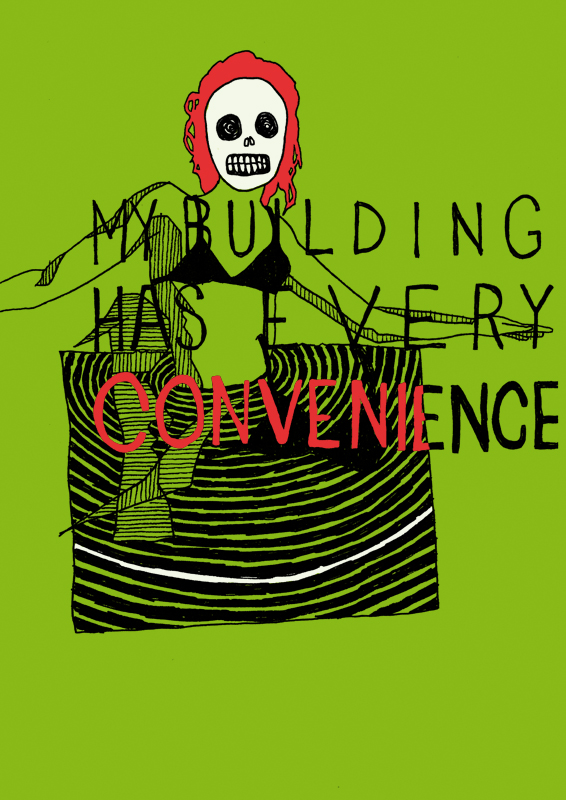
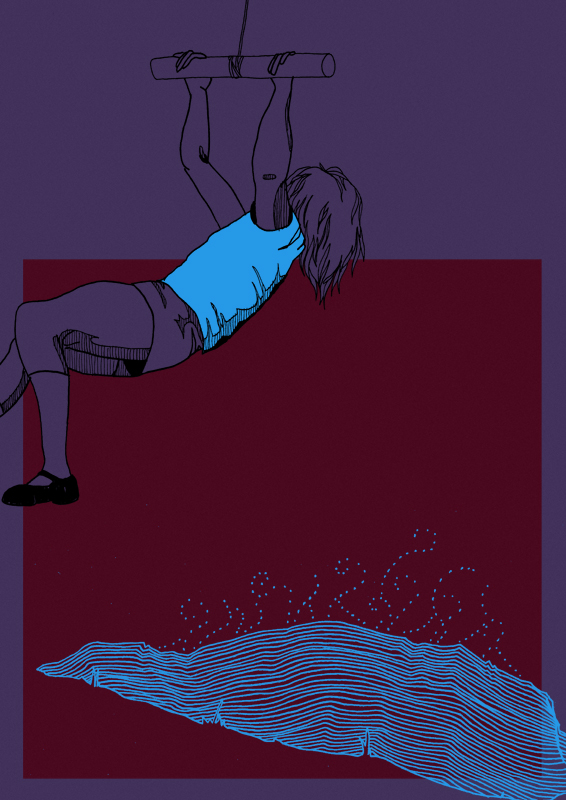
What percentage of your work is commissioned?
Financially, the answer is “not enough”! I’ve been making art since very young childhood but it’s only been in the last couple of years that I’ve been working hard to make it into more of a business. On my website at the moment the only direct commission is the cover for “The Rialto” magazine. I’m pushing the promotion side of things hard at the moment but at the same time I’m trying to appreciate the amount of time I have at the moment to pursue personal projects such as making zines, making and selling prints and t-shirts and just drawing what I want. I have an end goal in sight of where I want to be, but have to keep reminding myself that things are pretty good now – I don’t want to be consumed by ambition!

A lot of your illustrations have a distinct ‘retro’ feeling. What influences you aesthetically?
Thanks! That’s certainly what I was going for. It’s hard to pin it down but I am influenced mainly by library music covers, 1970’s graphic design, public information pamphlets, psychedelic posters… loads of bold, bright things really. My love of line work is probably taken from any of the hundreds of comic book artists I love from Uderzo to Lenil Francis Yu. My limited acid colour palette I can almost directly attribute to Otl Aicher’s 1972 Olympics design work. My eyes have never recovered from seeing it for the first time – I just think everything should be in those colours.
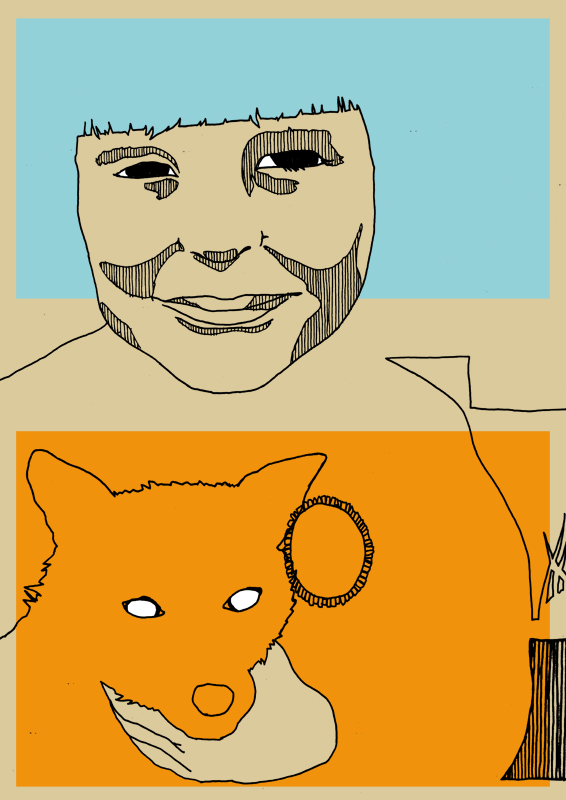
What is your dream project?
I’m a big reader and record collector, so ultimately designing book covers or record sleeves would be the dream job. To help someone interpret their art form visually is a great honour and I’d relish the chance to do that. There are too many personal literary and musical heroes to list here, but if I had to pick one from each camp at the moment Brett Easton Ellis and David Byrne commissions would be definite dream jobs! Outside of commissions, getting the chance to complete a comic myself and the writer David Drake started called The Sharple Boone Conundrum would be awesome. It really pushed me creatively to spend such a long time on a single body of work and I’d love to have the time (and money) to bring that to a conclusion.
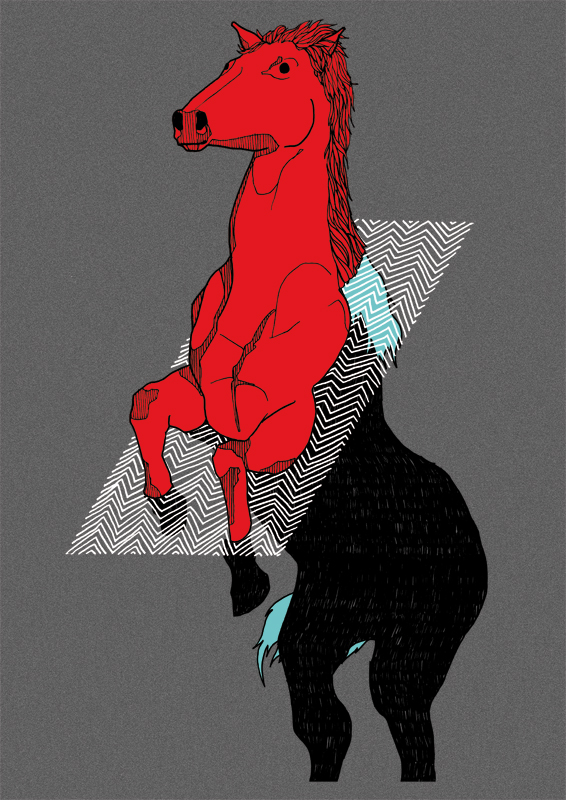
How valuable is negative space?
For me, hugely. I appreciate the kind of work that is so intricate and detailed that you keep finding new things in it, but personally I just don’t have the temperament to work in that way! I love negative space as I think it can suck you in to a piece of work, it holds the eye and leaves you to explore the space in your own way. My aim is for each piece to have a hidden centre, a meaning that is just out of reach and negative space is one tool I use to achieve that.























